In Shorts:
- India seeks lower US tariffs than Indonesia’s 19% rate to gain a trade advantage.
- Negotiations aim for sub-20% tariffs, with possible concessions on industrial goods.
- Trump’s aggressive tariff strategy pushes nations to offer better market access.
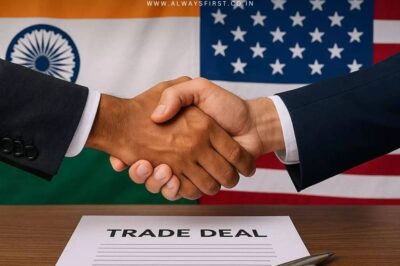
India-US Trade Talks: New Delhi Eyes Better Terms Than Indonesia’s 19% Deal
As trade negotiations between India and the United States enter a critical phase, New Delhi is pushing for a more competitive tariff structure than the recent US-Indonesia agreement, which slashed duties to 19%. With an August 1, 2025, deadline approaching, Indian officials are working to secure a deal that ensures stronger market access while keeping tariffs below those imposed on Southeast Asian counterparts.
Trump’s Tariff Strategy & India’s Countermove
US President Donald Trump has been vocal about securing better trade terms globally, recently finalizing a deal with Indonesia that grants American businesses full market access with reduced tariffs. However, India is determined to negotiate an even lower rate, arguing that its economic relationship with the US warrants preferential treatment.
“We’re going to have access into India,” Trump told reporters, referencing his administration’s aggressive tariff policies. “Our people couldn’t go in before, and now we’re getting access because of what we’re doing with the tariffs.”
But India isn’t backing down. Officials are reportedly aiming for a tariff rate below Indonesia’s 19%—and even under Vietnam’s proposed 20%—to maintain a competitive edge. A Bloomberg report reveals that Indian negotiators are pushing for single-digit tariffs, possibly as low as 10%, in exchange for concessions in industrial goods.
Key Sticking Points & Possible Compromises
While India remains firm on protecting its agricultural and dairy sectors, it has signaled flexibility in other areas. The government has proposed eliminating tariffs on US industrial products if Washington reciprocates. Additionally, New Delhi has offered improved market access for select American farm goods and hinted at increased purchases of Boeing aircraft.
Soumya Kanti Ghosh, chief economist at State Bank of India and member of the Prime Minister’s Economic Advisory Council, noted that negotiations are targeting sub-10% tariffs. “The US will expect significant concessions in return,” he said, emphasizing that India is willing to compromise—but not at the cost of its core sectors.
Global Trade Shifts & What’s Next
Trump’s administration has already sealed trade pacts with the UK, Vietnam, and Indonesia, alongside a truce with China. The Indonesia deal includes commitments to buy $15 billion in US energy, $4.5 billion in agricultural products, and Boeing jets—a template India may have to consider.
With over 20 nations receiving tariff warnings ahead of the August 1 deadline, experts believe Trump’s strategy is to pressure trading partners into offering better terms. Brian Tan, an economist at Barclays, suggests that tariffs will likely settle between 15%-20%, aligning with Trump’s preferred range.
Meanwhile, Malaysia’s trade minister has also entered discussions, emphasizing the need for a “win-win” outcome. As India and the US inch closer to a deal, the world watches to see if New Delhi can outmaneuver its regional rivals in securing the most favorable terms.


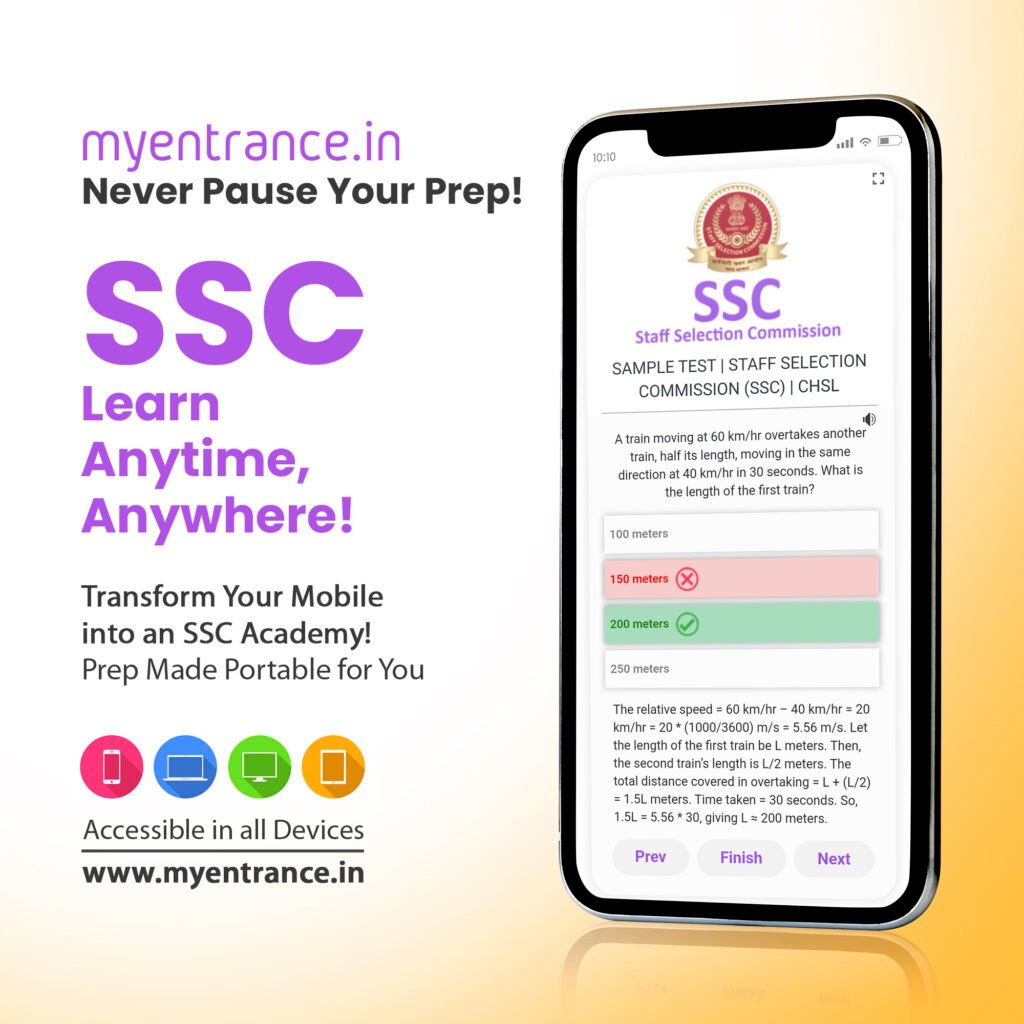














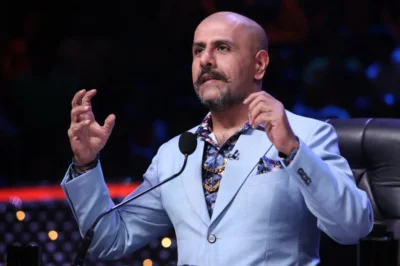





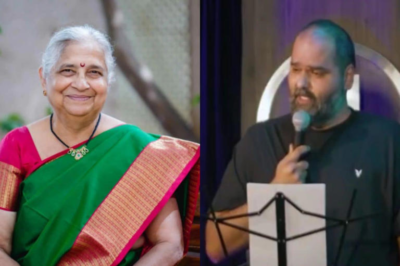



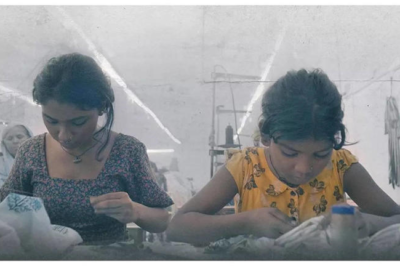
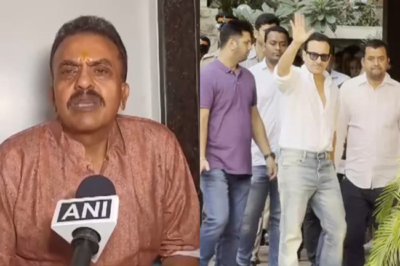







Leave a Reply